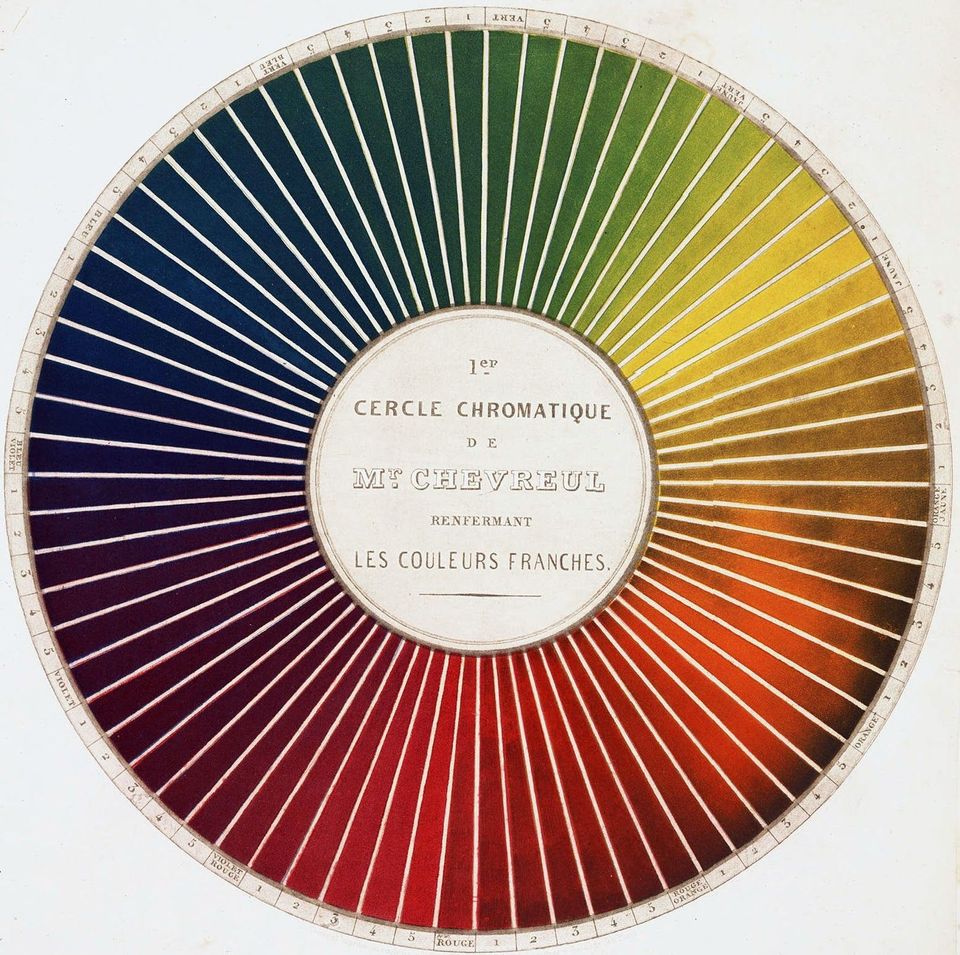What Are Tertiary Colors?

Tertiary colors are a combination of primary and secondary hues that create a range of vibrant shades. The idea of tertiary colors can be traced back to the work of French painter Michel-Eugène Chevreul in 1839, who wrote about the science of color and proposed that there were twelve sets of tertiary colors. Ever since then, tertiary colors have been used in a variety of mediums to create stunning works of art.


Tertiary colors are created by mixing one primary color with one secondary color. This produces shades such as yellow-orange, blue-green, and red-violet. Artists can also mix two tertiaries together to create even more unique hues. When these colors are mixed, they create a range of shades that can add interesting depth and detail to an artwork.
Before the use of tertiary colors, most painters only used primary or secondary hues in their works. This is why tertiary colors offer such an exciting opportunity for artists – they allow for more creative freedom and flexibility. Many famous painters have used tertiary colors in their works, from Vincent van Gogh to Claude Monet.
In general, achieving tertiary colors is relatively simple. Artists can mix together two primary or secondary colors until they achieve the desired shade. Experimenting with different ratios of each color will help create a wider range of hues and shades. Additionally, artists often use a color wheel to figure out how to mix the right colors together.
Tertiary colors are an exciting way for artists to add texture and complexity to their work. Whether you’re using traditional painting or digital art tools, tertiary colors can help create stunning results. Understanding the history and science behind tertiary colors can help you create beautiful works of art. So why not give it a try? Who knows – you might discover something unique!

D'Artisan Shoppe Professional Brushes
15PCS: 4 natural hog hair bristle brushes and 11 synthetic bristle brushes

